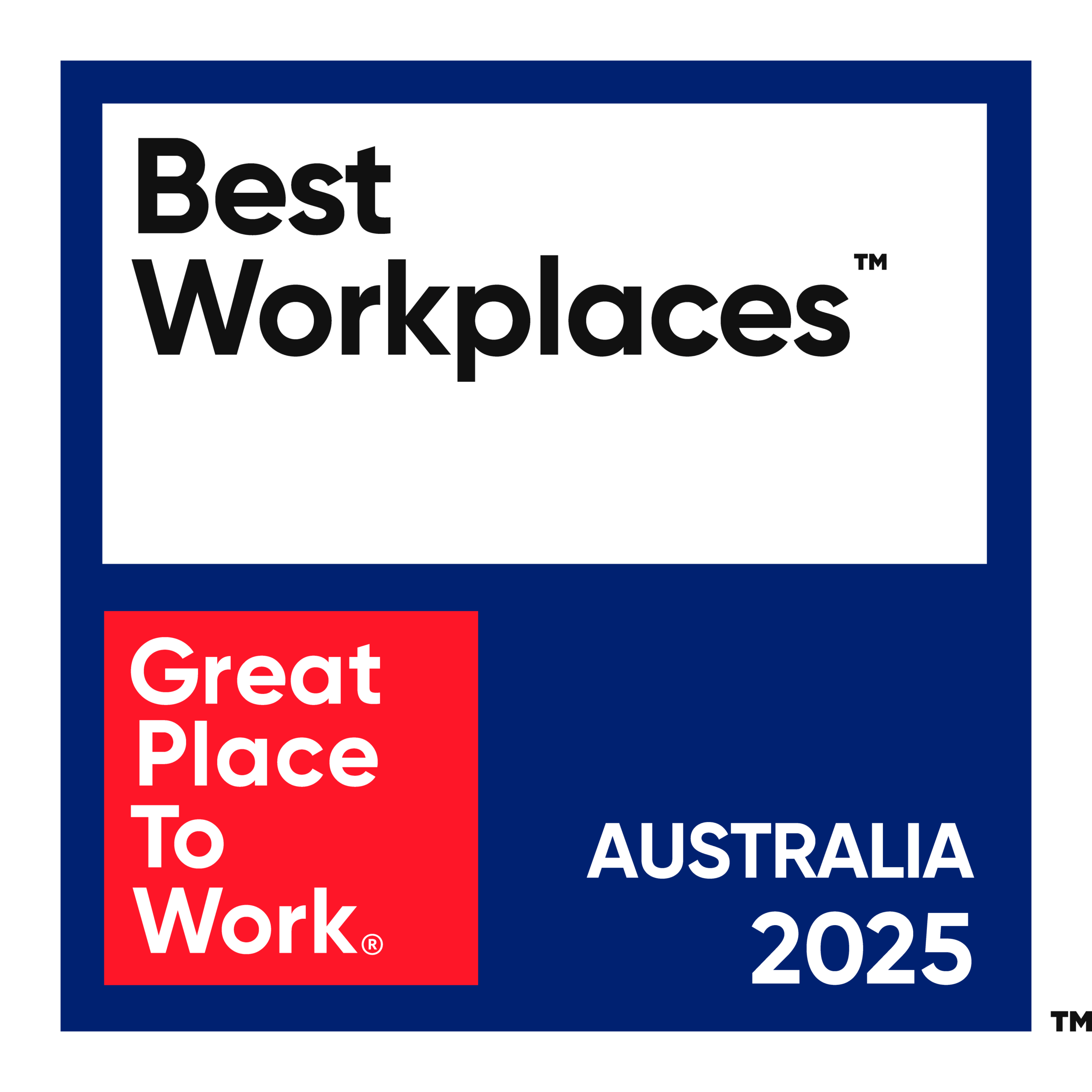How to Hire The Perfect Team Player
If you hire the wrong person, your organisation is going to suffer. It’s difficult to put a precise dollar figure on it, but you’d be looking at between $11,000 and $24,000 in lost revenue, according to CareerBuilder figures.
This number doesn’t include other ‘soft’ costs incurred. And anyway, how do you put a dollar figure on the damage a poor hire does to the morale of an organisation?
This is why organisations have a hiring process in the first place – to make sure that their hire is the right ‘fit’ for the company culture and its approach to work. Those hiring processes can often be very intricate and in-depth.
But the key is to not just have a multi-staged hiring process because it sounds good and it seems like the right thing to do. It is to develop a robust structure around hiring that aims to strip as much risk out of a highly subjective process as possible.
1) Define what an ideal team member looks like.
Every organisation wants people who are hard working, honest, accountable, innovative, creative, driven, organised and intelligent. This goes without saying. What you do need to ‘say’ (i.e. build a organisation culture around) is the more specific traits you want to build your culture around. Try and find some unusual traits – for example, do you want people that are compassionate enough to have done work with charities? Do you want people who are active, as a sign that they enjoy being busy? Do you want people that appreciate the work/life balance and are happy to be flexible? Use those traits to find people that will really suit the way your organisation works.
2) Search for your own candidates.
Putting an ad on a job seeking website is a fine way of getting applications in, but think about sports teams; do they wait for aspiring athletes to knock on the door, or do they scout out talent themselves? If you’re a leader, you should be active on LinkedIn and industry networks. Keep an eye out there for people who are making waves or doing awesome work, and approach them about potentially working for you. Incentivise your staff to help you find excellent talent with bonuses or other rewards. You would be surprised at how many great people your people know who are looking for jobs, and that can bring the added benefit of the new recruits already having a rapport with their new team.
3) Work on your interview techniques.
Think really carefully about the questions that you’re going to ask through the interview process, and understand that while you can ask questions like “How would others describe you?” and “Describe a time you helped your co-worker solve a problem?”, any candidate that is remotely worth hiring will have anticipated all these questions, and will have ready answers in response.
That’s not to say you should try and trick them with random and unrelated questions, but rather, look for the subtext within the response. Observe their body language, make some jokes, and interrupt them. The body language will tell you if they’re too confident or not confident enough, their ability to banter will tell you how pleasant they’ll be in the office, and while you’ll feel rude interrupting them, you’ll learn a lot about how subordinate they are, and how easily they roll with the punches at that point.
4) Feel free to ask the team.
When you’ve got a shortlist of two or three, take them around the office and introduce them to everyone (make sure the candidate is aware they still haven’t got the job yet). Then ask the team to evaluate their own impressions of these people. Lots of hiring managers treat hiring like it’s a great big secret process, only to find to their dismay that they hire someone the rest of the team doesn’t like. This can be avoided right from the start with a simple introduction.
5) Remember that you’re part of the interview too
So many times an employer has chosen a candidate they really like, only to discover the candidate has turned them down for a better job. An interview is an opportunity to sell the job. And it’s your chance to outline your vision for the company, what you envision the job will look like, what the salary, bonus structure, and expectations are. We promise you – if none of this sounds good to the prospective employee, they’ll turn the job down anyway, and that saves heartache later on when hiring someone who wasn’t aware of what was expected of them.
6) Finally – and we can’t stress this enough – be thorough with the application process.
Call the people that are listed on the references list, and take the time to have a proper conversation with them about the person. Check into any claims about past work and education – cross-reference against linked in, and feel free to ring up the universities and previous places of employment. You would be surprised and shocked how many people get away with fabricating details here before they know they won’t be checked into in full.
For more information on hiring, staff development, and more, Be Challenged is a close partner to many of Australia’s top organisations and HR departments. Contact us here.





